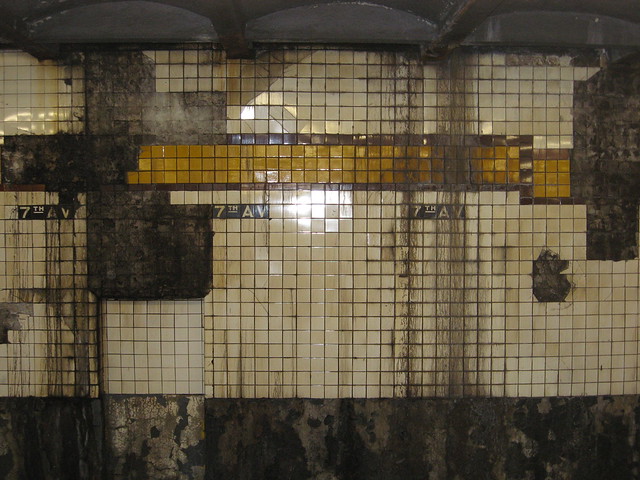When Gov. Andrew Cuomo announced plans for an Ozone Park Convention Center, funded solely by Genting and with transportation improvements as well, Queens transit advocates had hoped for the best. With dreams of the Rockaway Beach Branch dancing in their heads, rail enthusiast reimagined the borough’s connections with hope. Alas, it is not meant to be.
We heard rumblings in early January that Genting would fund a Train to the Plane-type service, and this week, the company confirmed as much. In an interview with Crain’s New York, the company’s senior V.P. for development spoke about the company’s needs if they are to operate at a profit. Essentially, they would require a larger slice of the revenue pie from the convention center and an expected boost of traffic to the racino next door. They also won’t do much for transportation.
Jeremy Smerd reported:
Genting will pay for upgrades to the Aqueduct subway station and for direct A-train service to take passengers from Fulton Street in Manhattan to the site—with a stop in downtown Brooklyn—in half the 35 minutes it takes now. The company won’t fund a new AirTrain spur from John F. Kennedy International Airport. It also will not pay for street upgrades.
That simply will not cut it. Based on past experiences without new trackage, such a service won’t cut travel time from 35 minutes to 17 minutes. Rather, these super-express trains will end up stuck behind regular express trains, and straphangers who live along the IND Fulton will find their service less frequent.
Genting won’t like the reality of this situation, but they’re going to need to find a better transit solution that doesn’t rob service from areas with rapidly growing populations and transportation needs. If increasing capacity is not in the cards, this convention center, already a fairly bad idea, will just look worse.

 A net-zero wage increase for TWU workers would be “fair and appropriate” considering the totality of the circumstances, the nonpartisan Citizens Budget Commission said this week. In a report analyzing what could and should happen were the MTA and TWU face arbitration to resolve their ongoing labor dispute, the CBC said a compensation package should not cause fare increases, and the Commission explained in detail how TWU workers have enjoyed prosperity in a poor economic climate and should not expect to earn across-the-board wage increases.
A net-zero wage increase for TWU workers would be “fair and appropriate” considering the totality of the circumstances, the nonpartisan Citizens Budget Commission said this week. In a report analyzing what could and should happen were the MTA and TWU face arbitration to resolve their ongoing labor dispute, the CBC said a compensation package should not cause fare increases, and the Commission explained in detail how TWU workers have enjoyed prosperity in a poor economic climate and should not expect to earn across-the-board wage increases.


